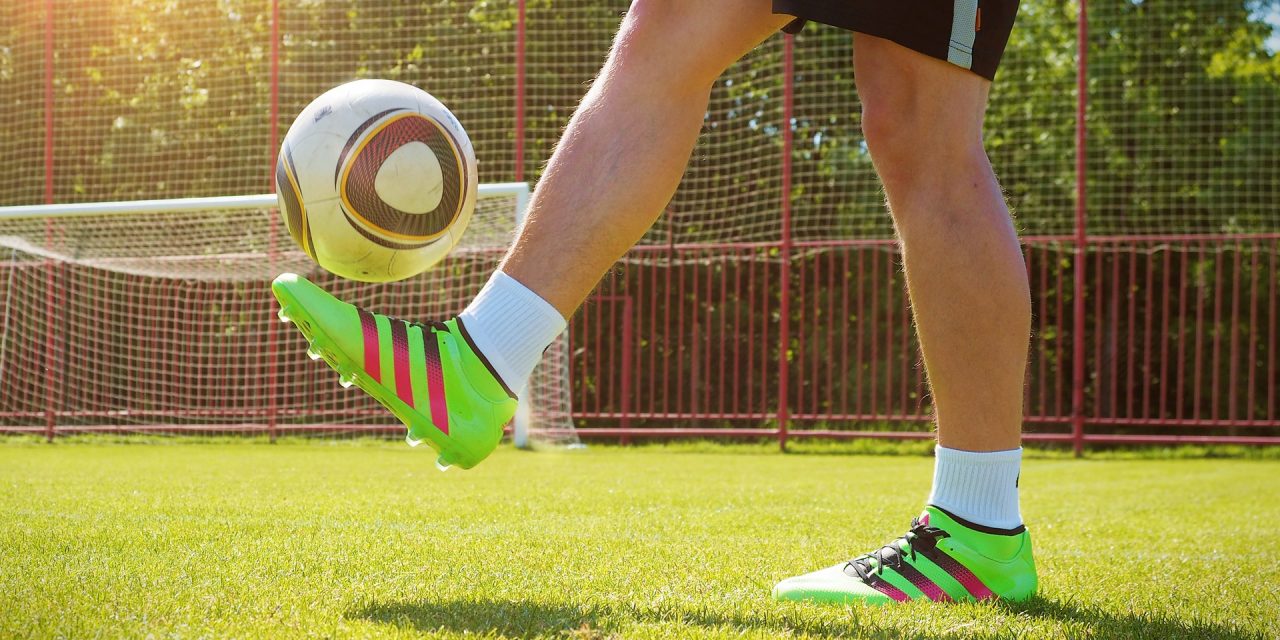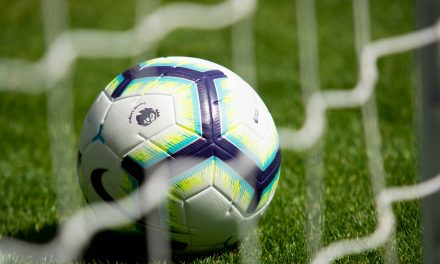There was a day and age when soccer cleats were simple and easy. Technology hadn’t entered the game of soccer yet, and cleats were nothing more than a shoe with studs attached to the bottom. Nowadays, as the game has modernized, the shoes that players wear have followed suits. We share four key things you need to evaluate when you pick up your next pair of soccer cleats.
Insole
The insole of a soccer cleat is the part that your foot rests on. Once your foot is inside the cleat, this is the primary driver of comfort, and plays a role in the traction you’ll get.
Because soccer players are constantly starting, stopping, and cutting on the field, you need to make sure that your foot fits snugly and comfortably into the insole. Otherwise, your foot can slip around in the shoe, resulting in less traction and the potential for blisters and sores. With all of these issues in mind Protalus created a perfect insole for anyone who wants extra comfort, support, and stability. Their website offers unique guides and instructions on how to find your perfect insole.
Modern advancements have allowed shoe manufacturers to design great cleats specifically for wide feet. Another option that many brands have focused on is insole modifications for flat feet.
If you already have a pair of cleats where the insole doesn’t fit well, another option is buy an insert to modify the cleat.
Material
Soccer players play in a variety of conditions, ranging from blistering heat to pouring rain. Games are rarely cancelled, and the material that your cleat is made from plays a role in how the shoe responds to the conditions.
Nowadays, most cleats are made from some form of synthetic. Most commonly, you’ll see a reference to a foam synthetic called EVA. This material is perfect for both shock absorption and changing temperatures.
Other bonuses include microfiber lining for inside the cleat, which is more comfortable for your foot. Some cleats utilize a knit material on the upper part of the shoe to help hold your ankle around the boot.
At the end of the day, many would still consider kangaroo leather to be the best material, but this is both expensive and hard to find in some areas. Unless you have an endless budget, focus on synthetic.
Texture
Texture plays a role in how your touch on the ball is, and is not just reserved to the look and feel of the cleat. From better handling to dribbling to passing and even shooting, the textured patterns on the cleat play an important role.
The tough part is that this is hard to test until you buy the cleats and get out on the field. The best way to evaluate is to look and see if the cleat even has these patterns, whether a dotted formation or a diamond or lined pattern.
Manufacturers that add these features are generally considered to be better. Cleats without any texture aren’t typically as good as those that have a clear focus on this design element.
Durability
At the end of the day, durability is perhaps the most important characteristic of a soccer cleat.
Durability is a byproduct of the brand, material, and construction of the cleat. Cheaper brands use synthetic materials that break down quicker, especially in high heat or wet conditions.
Focus on a brand of cleats that is known for its longevity. Once you get a good pair broken in, you want to be able to hold onto them for a while.
At the end of the day, soccer cleats have come a long way in recent years. If you’re overwhelmed by all of the options nowadays, focus on these four factors when picking.










